Many nations are rapidly phasing out fossil fuels as their primary energy source in favor of more renewable energy resources. This article will provide an overview of the different types of renewable energy currently in use and examine its challenges and the sector's future.
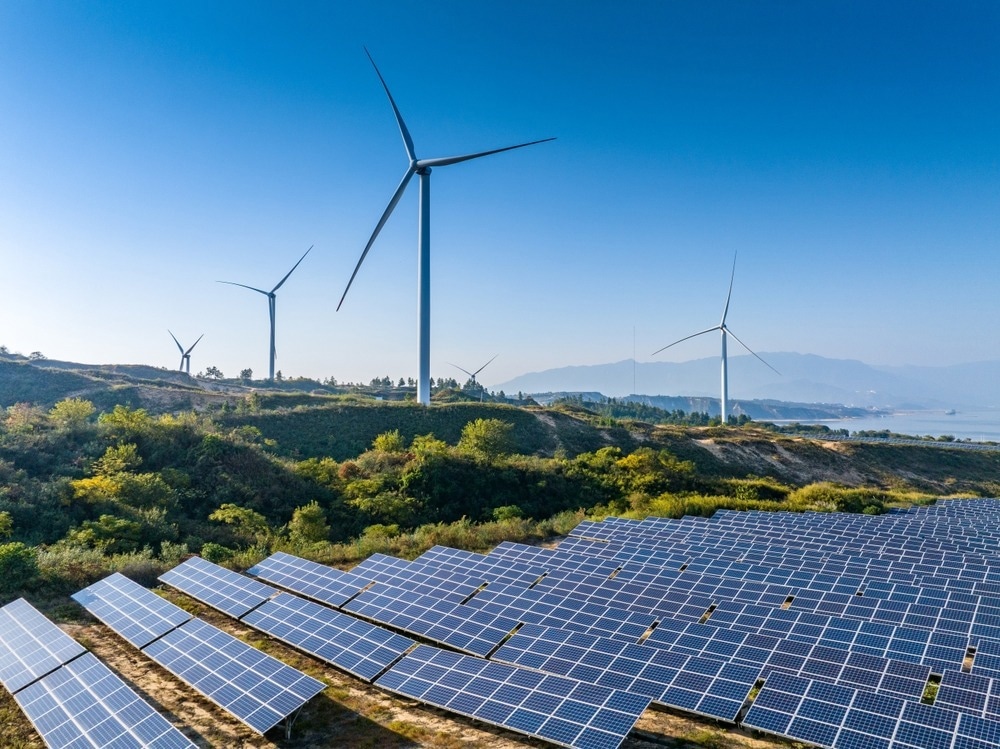
Image Credit: hrui/Shutterstock.com
Renewable Energy: Addressing the Problem with Fossil Fuels
Since the Industrial Revolution, the energy that powers everything from domestic stoves to factories, cars, airplanes, and entire nations has come from burning fossil fuels, such as oil, coal, and natural gas. The story of modern scientific and technical progress cannot be told without fossil fuels' profound and lasting impact.
However, while fossil fuels have fueled industrial society, their use has come at a huge cost. Greenhouse gas emissions have reached historically high levels, mining activities have left scars on the landscape, air pollution in urban areas impacts the health of billions, and extreme weather events are frequently increasing due to global temperature rises.
Fossil fuels are a limited resource, which means that one day, they will run out, potentially leading to an energy crisis.
Most experts agree that the question is not if but when the resources that have shaped the modern world will run out.
To overcome these environmental and societal challenges, scientists and engineers have designed increasingly sophisticated and efficient renewable energy technologies, allowing governments and companies to phase out their overreliance on fossil fuels.
In recent years, wind and solar energy have set records for electricity generation.1 As of the time this article is being written, plans have been announced that the last UK coal power station in Nottinghamshire will close, ending a long and storied relationship with coal in the country.2 The last large-scale coal mine in the UK, Ffos-y-Fran, closed at the end of 2023.
In the United States (US), renewable energy meets 8.8% of total energy demands and nearly a quarter of energy demand. Robust solar additions to the US energy grid mean that 42 GW of energy-generating capacity from renewable sources has been added to the US grid.3
Across the world, major global economies, such as China, India, and the European Union (EU), are also ramping up the transition to renewable energy to meet internationally agreed climate targets and mitigate the worst effects of predicted anthropogenic climate change.
What are the Types of Renewable Energy?
Many different renewable energy generation and storage technologies have emerged in recent decades. The history of renewable energy stretches back for millennia; however, the ancient Greeks and Romans, for example, harnessed the heat from the sun to light torches using concave mirrors. The first commercial solar water heater was invented in the late 1800s.4 Wind and water power have long been harnessed to power agricultural mills, which produce ground grain for bread, beer, and other foodstuffs.
This section will look at the main forms of renewable energy today.
Solar Power
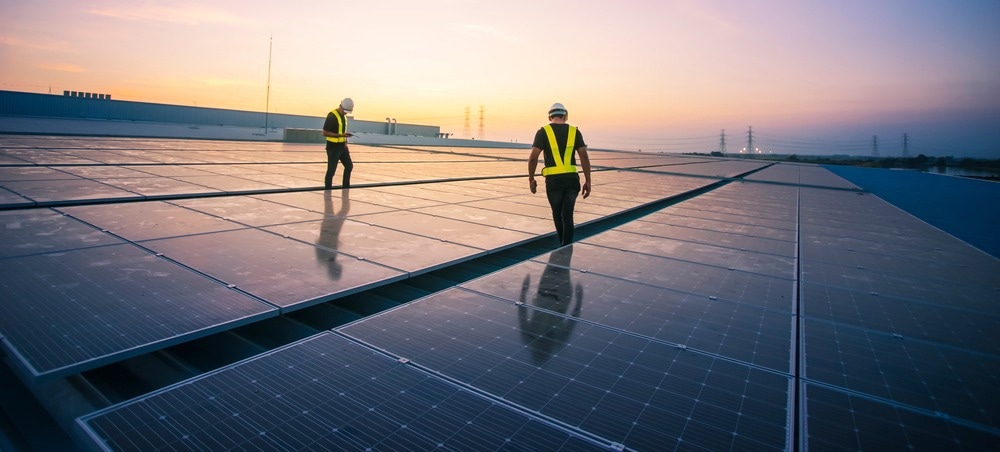
Image Credit: ME Image/Shutterstock.com
Between 2007 and 2017, the total installed energy capacity from photovoltaic (PV) solar panels increased by 4300%, making solar power one of the world's preeminent renewable energy sources.1
Solar power harnesses energy from the sun, as per the name, which is a limitless energy source, providing clean, emission-free electricity. Solar power converts the sun’s light to energy.
Solar power can be harvested across multiple scales, from small-scale rooftop panels to vast industrial utility-scale solar farms. Other forms of solar technology exist besides PV solar panels, including concentrating solar power (CSP) plants.
In a CSP plant, large mirrors collect and concentrate solar energy, directing it into a receiver. This generates thermal energy, powering a heat engine to produce electricity. The heat engine is usually a steam turbine. As of 2023, CSP plants have been installed in major economies, such as China, the US, and the United Arab Emirates (UAE). Solar thermal energy is also used to heat and cool water.
Government energy policies and technological innovation since the late 20th century have driven solar power's rapid development and deployment worldwide. Today, many solar farms worldwide can be spotted by the roadside. While there has been some local pushback against them, progress has largely accelerated over the past few years.
The world’s capacity for solar power generation continues despite some key technical challenges, driven in large part by the aims of companies to diversify away from legacy fossil fuels and play a part in the green transition in line with their ESG goals. In 2022 alone, photovoltaic electricity generation increased by 26% from the previous year to nearly 1300 terawatt hours.4
Wind Power
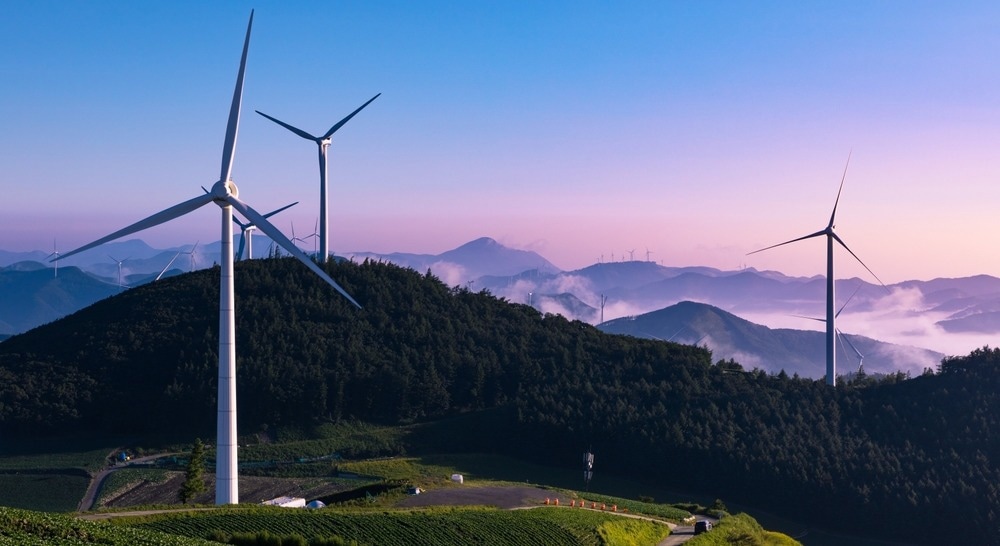
Image Credit: Yousuk Yang/Shutterstock.com
Humans have used wind energy for mechanical purposes for over 7,000 years. By 200 BC, vertical-axis windmills were used in the Middle East to grind grain. The basic technology behind modern wind generation has not changed since these ancient applications.
The advent of the modern use of wind power for renewable energy generation has its roots in late 19th century Scotland. In 1887, James Blyth used the first modern wind turbine in his backyard. Other innovations soon followed.4 However, the commercial-scale viability of wind power took decades to achieve. It was not until the energy crises of the 1970s that interest in wind power was heightened. The first utility-scale wind farms appeared in the US in the early 1980s, with Spain and Germany opening their first utility-scale wind farms by the 1990s.
Today, more than 2100 TWh of electricity is generated annually globally by wind power, attesting to wind power's rapid and widespread growth in major global economies, such as the US, the EU, the United Kingdom (UK), and China. Both on- and offshore wind farms exist, with offshore wind farms accounting for an 18% growth in wind capacity worldwide in 2022.
The growth in wind generation capacity worldwide has been staggering: cumulative wind capacity grew more than 22-fold between 2001 and 2017. While, similarly to solar power, there has been some opposition to wind turbines (especially on land) primarily due to how they look, onshore wind farms continue to be installed across the landscape.
It should be noted that there are some legitimate concerns regarding wind turbines' impact on wildlife. Hundreds of thousands of bird and bat species are killed by them every year, and solutions are being developed to reduce their danger to wildlife.
Hydroelectric Power
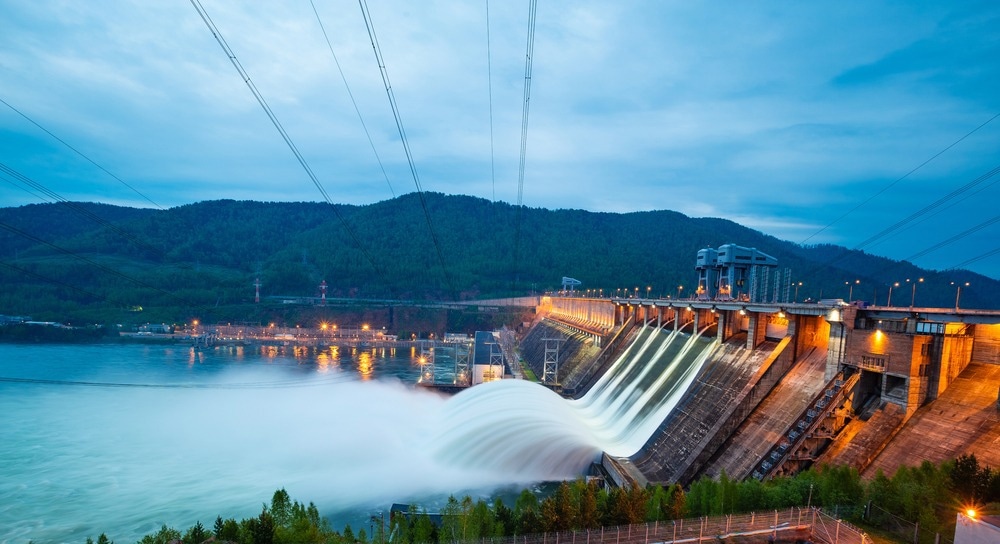
Image Credit: Evgeny_V/Shutterstock.com
Hydroelectric power, known as hydropower, uses water flow to generate renewable electricity. Another technology with its roots in antiquity, the invention of the Francis turbine in the 1800s, still in widespread use, ushered in the modern hydroelectric era.
The generation of renewable electricity by hydroelectric dams further accelerated after World War II, with state-owned projects in the former Soviet Union, Japan, the EU, and North America producing electricity in the region of megawatts. The Three Gorges Dam in China is the largest hydroelectric project ever installed.
Aside from electricity generation, hydropower also plays a crucial role in energy storage. Pumped storage hydropower involves pumping water between two reservoirs of different elevations to generate electricity to meet energy gaps during peak demand.4 Hydropower is one of the most mature forms of renewable energy generation used today.
Geothermal Energy
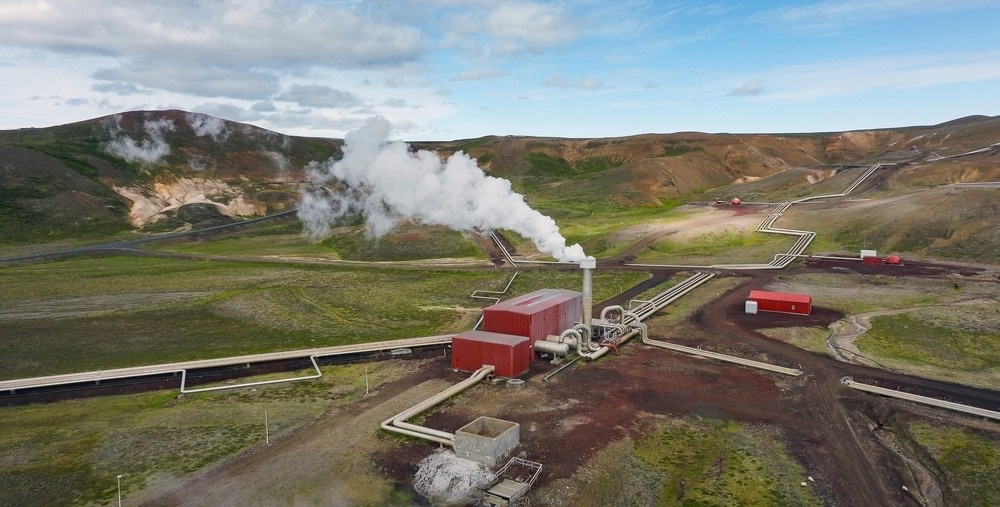
Image Credit: 24K-Production/Shutterstock.com
Geothermal energy utilizes natural heat from inside the Earth to generate electricity and heat and cool buildings. Humans have used this heat since antiquity to bathe in hot springs. By the late 19th century, district heating systems were in places like Boise, Idaho. Today, geothermal energy is commonplace in nations such as Iceland, which has widespread volcanic activity.
The use of geothermal energy is limited by geographical locale, however: a potential location for a geothermal energy plant must rely on factors such as heat source, fluid to transport the heat used to generate electricity, and pathways to travel through rocks. However, scientists and engineers are working to overcome these historical challenges, opening up the use of this renewable energy in other locales.
Biomass/Bioenergy
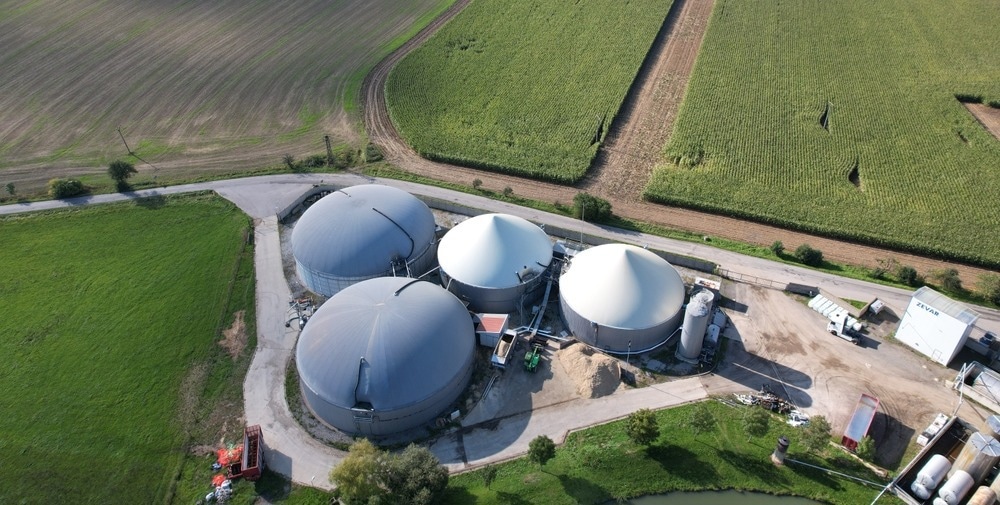
Image Credit: Photo Nature Travel/Shutterstock.com
Bioenergy is derived from biomass, an organic material from animals and plants. Commonly, this is converted to biofuel, such as bioethanol and biodiesel, which can be used for industrial purposes, transportation, and electricity generation as an alternative to polluting fossil fuels.
While generally recognized as a flexible and cleaner fuel than fossil fuels, the bioenergy sector has its controversies. For instance, critics of wood pellets point to the emissions produced by transporting this bioenergy source to processing plants, limiting its green credentials. Furthermore, some concerned critics have highlighted that corn-based ethanol competes for food production and land use.
Ocean Energy

Image Credit: Chick David/Shutterstock.com
Ocean energy is similar to hydropower in that it harnesses the power of water to generate electricity. However, ocean energy refers explicitly to technologies that harness energy from one of the most abundant sources on Earth: the ocean. It is also known as hydrokinetic or marine energy.
Many technologies that harness this resource are currently in development, with tidal barrage systems, tidal stream systems, wave energy systems, and ocean thermal energy conversion (OTEC) systems as the main types of ocean energy technologies.
According to Stanford University, ccean energy systems currently represent a tiny fraction of the total global renewable energy mix, at under 0.01%. Currently, the US does not have any operational ocean energy capacity, but the potential of these technologies for meeting climate goals has led to increased interest in ocean energy in recent years.5
Recent Progress in the Renewable Energy Sector
There has been noteworthy progress in the renewables sector in the past couple of years, reflecting growing interest in the industry’s ability to overcome the challenges of fossil fuel overreliance.
China’s solar PV market, for instance, was a main driver in 2023 of renewable capacity additions, causing a step change. In 2023, the nation added as much solar PV capacity as the entire world did in 2022, contributing majorly to the green global transition. China has now, according to the International Energy Agency (IEA), become the world’s “renewables powerhouse.”6
Renewable energy from all sources in the UK now generates 50.9% of the nation’s electricity.7 The wider picture, however, is incredibly nuanced: in the US, for example, there was a slight decrease in corporations buying clean power in 2023.3 Some economies, like Australia, have indicated that they may expand coal mining operations.
New technologies are also on the horizon, such as more efficient perovskite solar PV cells, smaller and more efficient wind turbines, and perovskite tandem solar cells, which combine silicon and perovskite.
Overcoming the Challenges for a Greener Future
While there are many mature renewable energy technologies, the sector still faces some highly complex challenges, be they technical, political, socioeconomic, or environmental. Global cooperation, collective action, regulatory frameworks and policy support, and investment in infrastructure and emerging technologies are urgently needed to meet climate change goals.
In the Global South, for instance, many nations are concerned about being pressed into renewable energies when they are not major contributors to global climate change. Moreover, this technological transition may stall these nations’ escape from poverty. The global community must acknowledge these concerns. Geopolitical factors are one of the main roadblocks to green progress.
According to the Penn State Institute of Energy and the Environment, the maturity and integration of novel renewable technologies into all industry sectors also presents a key roadblock to adopting renewable energy.8 Renewable energy generation technologies, such as solar, cannot stand alone either: they require sufficient storage technologies such as batteries and fuel cells.
The green energy transition is a highly complex undertaking that faces profound challenges. However, the overwhelming evidence for the damage fossil fuels have done to the environment, and the increasing prevalence of extreme weather events worldwide mean that this transition must be accelerated in line with internationally agreed-upon climate targets.
Read More: Are Nanoparticles Transforming the Renewable Energy Industry?
References and Further Reading
- Nunez, C (2019) Renewable energy, explained [online] National Geographic. Available at: https://www.nationalgeographic.com/environment/article/renewable-energy (Accessed on 26 September 2024)
- Daniel, A (2024) Britain’s last coal-fired power station set to close in landmark moment [online] The Standard. Available at: https://www.standard.co.uk/business/business-news/britain-s-last-coalfired-power-station-set-to-close-in-landmark-moment-b1184205.html (Accessed on 26 September 2024)
- BloombergNEF (2024) The 2024 Sustainable Energy in America Factbook [online] about.bnef.com. Available at: https://about.bnef.com/blog/the-2024-sustainable-energy-in-america-factbook/ (Accessed on 26 September 2024)
- IBM (2024) The history of renewable energy [online] ib.com. Available at: https://www.ibm.com/think/topics/renewable-energy-history (Accessed on 26 September 2024)
- Stanford University (2023) Ocean Energy [online] Stanford.edu. Available at: https://understand-energy.stanford.edu/energy-resources/renewable-energy/ocean-energy (Accessed on 26 September 2024)
- IEA (2023) Executive Summary [online] iea.org. Available at: https://www.iea.org/reports/renewables-2023/executive-summary (Accessed on 26 September 2024)
- Department for Energy Security & Net Zero (2024) UK Energy Trends, January to March 2024 [online] Available at: https://assets.publishing.service.gov.uk/media/667c1741aec8650b10090082/Energy_Trends_June_2024.pdf (Accessed on 26 September 2024)
- Yao Doumon, N (2024) Transitioning to renewable energy: Challenges and opportunities [online] PennState University. Available at: https://iee.psu.edu/news/blog/transitioning-renewable-energy-challenges-and-opportunities (Accessed on 26 September 2024)
Disclaimer: The views expressed here are those of the author expressed in their private capacity and do not necessarily represent the views of AZoM.com Limited T/A AZoNetwork the owner and operator of this website. This disclaimer forms part of the Terms and conditions of use of this website.